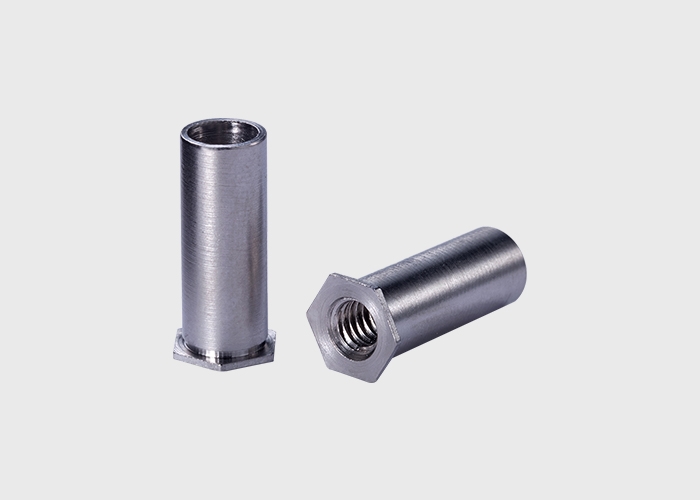There are many types of rivet nuts, among them the blind rivet nut . Many people don't know what kind of rivet nut to use under what circumstances. It depends on whether the applicable conditions are appropriate. The so-called "appropriate conditions" means that the pressure riveting nut can be used if the thickness of the construction plate meets the parameter range of the corresponding pressure riveting nut, and on the contrary, the blind riveting nut is selected.
The construction board is too thin, for example, only 0.5 mm, or too thick, for example, more than 3 mm. Strictly speaking, it cannot be called a board in the field of cabinet processing to achieve such a thickness; the thickness of the board is irrelevant, but it is necessary to combine the two types of boards. When fixing together; the construction space environment does not allow you to use pressure riveting equipment; there is another important point for everyone to pay attention to: under the same circumstances, the pressure riveting nut and the blind riveting nut of the same specification and parameters are riveted on the plate of the same thickness. The tensile strength (or tensile strength) of the rivet nut is higher.
In addition, the most important point is that blind rivet nuts can be used on finished and semi-finished products, while pressure rivet nuts must be used on thin plates. The finished product cannot use pressure rivet nuts because it is not suitable for the operation of a pressure riveting machine.
Choosing a countersunk head rivet nut also needs to consider the above issues.




